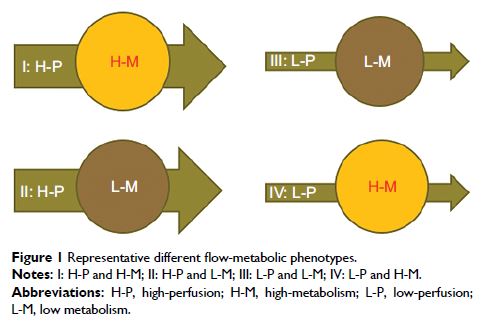108985
论文已发表
注册即可获取德孚的最新动态
IF 收录期刊
- 3.4 Breast Cancer (Dove Med Press)
- 3.2 Clin Epidemiol
- 2.6 Cancer Manag Res
- 2.9 Infect Drug Resist
- 3.7 Clin Interv Aging
- 5.1 Drug Des Dev Ther
- 3.1 Int J Chronic Obstr
- 6.6 Int J Nanomed
- 2.6 Int J Women's Health
- 2.9 Neuropsych Dis Treat
- 2.8 OncoTargets Ther
- 2.0 Patient Prefer Adher
- 2.2 Ther Clin Risk Manag
- 2.5 J Pain Res
- 3.0 Diabet Metab Synd Ob
- 3.2 Psychol Res Behav Ma
- 3.4 Nat Sci Sleep
- 1.8 Pharmgenomics Pers Med
- 2.0 Risk Manag Healthc Policy
- 4.1 J Inflamm Res
- 2.0 Int J Gen Med
- 3.4 J Hepatocell Carcinoma
- 3.0 J Asthma Allergy
- 2.2 Clin Cosmet Investig Dermatol
- 2.4 J Multidiscip Healthc

食管癌的放疗:剂量、反应和生存
Authors Luo Y, Mao Q, Wang X, Yu J, Li M
Received 23 June 2017
Accepted for publication 21 October 2017
Published 29 December 2017 Volume 2018:10 Pages 13—21
DOI https://doi.org/10.2147/CMAR.S144687
Checked for plagiarism Yes
Review by Single-blind
Peer reviewers approved by Dr Amy Norman
Peer reviewer comments 2
Editor who approved publication: Professor Alexandra Fernandes
Abstract: Esophageal cancer (EC) is an
extremely aggressive, lethal malignancy that is increasing in incidence
worldwide. At present, definitive chemoradiotherapy is accepted as the standard
treatment for locally advanced EC. The EC guidelines recommend a radiation dose
of 50.4 Gy for definitive treatment, yet the outcomes for patients who have
received standard-dose radiotherapy remain unsatisfactory. However, some
studies indicate that a higher radiation dose could improve local tumor
control, and may also confer survival benefits. Some studies, however, suggest
that high-dose radiotherapy does not bring survival benefit. The available data
show that most failures occurred in the gross target volume (especially in the
primary tumor) after definitive chemoradiation. Based on those studies, we
hypothesize that at least for some patients, more intense local therapy may
lead to better local control and survival. The aim of this review is to
evaluate the radiation dose, fractionation strategies, and predictive factors
of response to therapy in functional imaging for definitive chemoradiotherapy
in esophageal carcinoma, with an emphasis on seeking the predictive model of
response to CRT and trying to individualize the radiation dose for EC patients.
Keywords: esophageal
cancer, radiation dose, altered fractionation, predictive factors,
individualization
